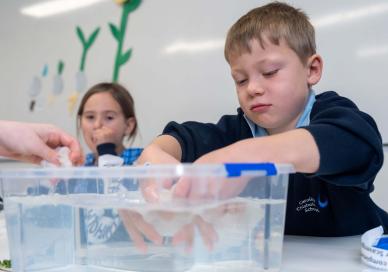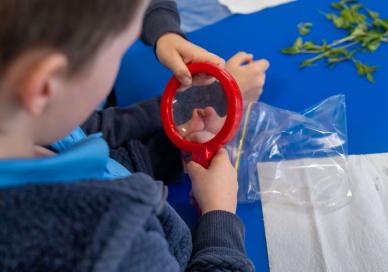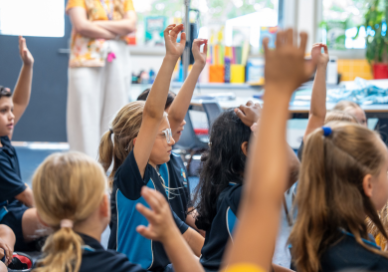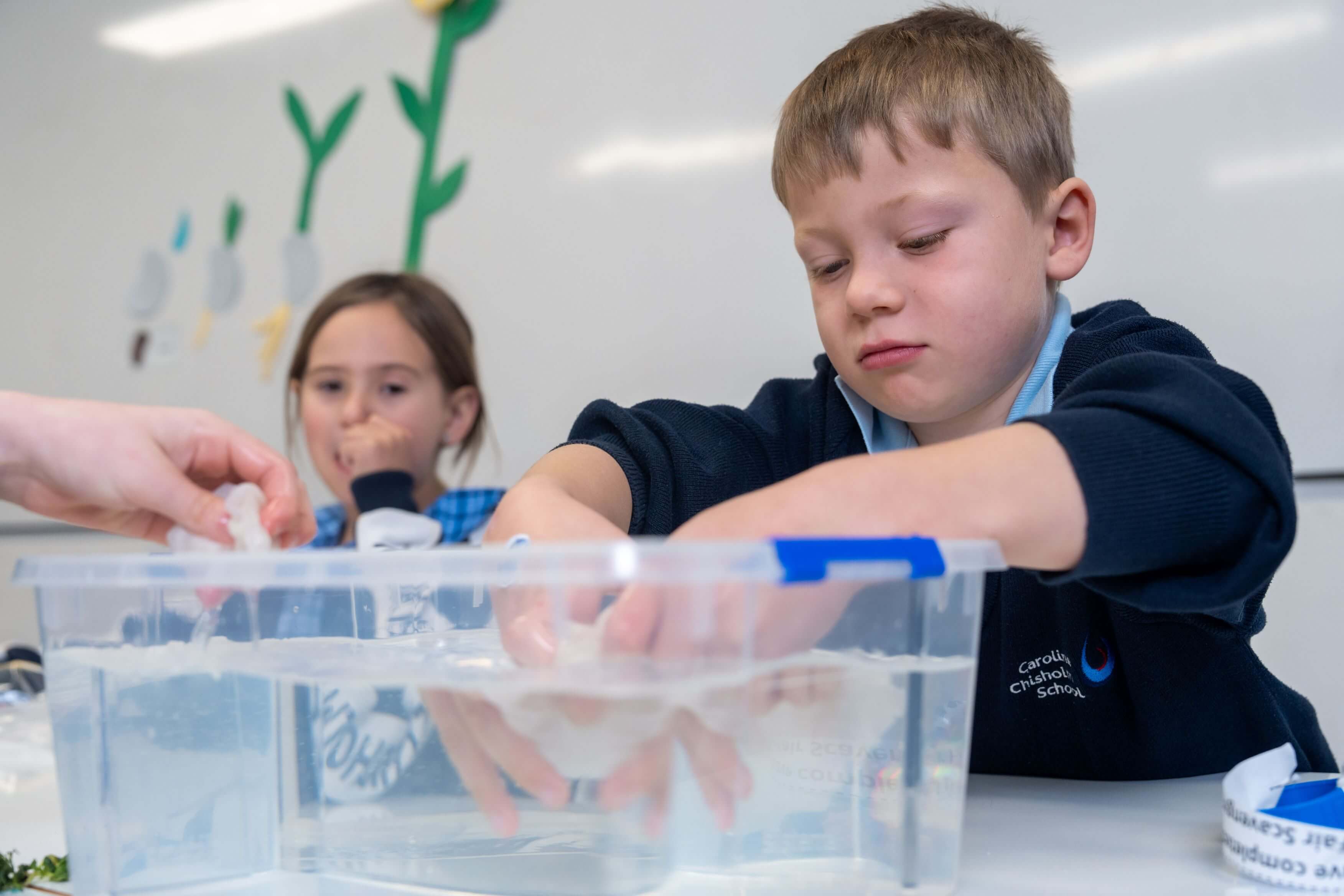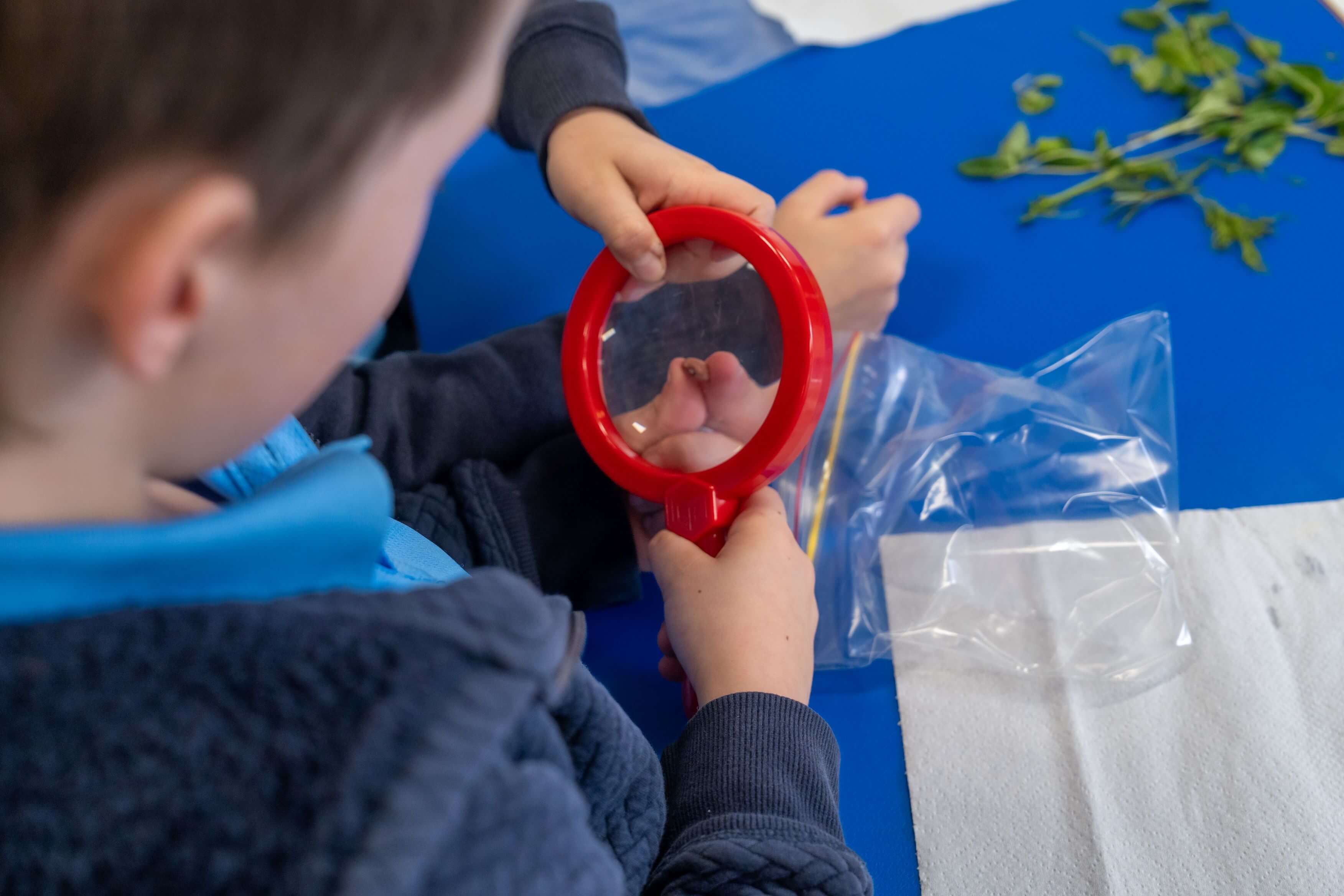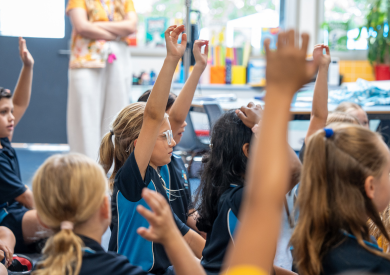Pedagogical tools offer a variety of ways for teachers to encourage students to form a deep connection with the science content, to learn in a community, and to build their inquiry skills. Explore these pedagogical tools and learn how you can use them in the LIA Framework.
Deep connected learning tools
The ability to question ideas, challenge perceptions and reach consensus is an important part of developing a deep connected understanding of science.
Learning through inquiry tools
Science inquiry involves the use of a variety of pedagogical tools to engage students as they question and predict; plan and conduct; process, model, and analyse; evaluate, and communicate their understanding of the science.
Learning in community tools
Pedagogical tools to create a collaborative learning community in your classroom.
